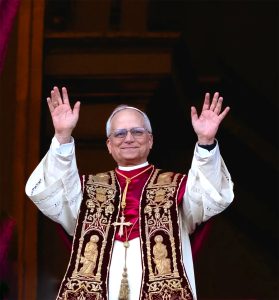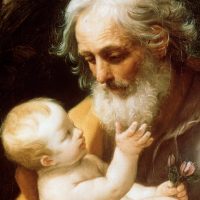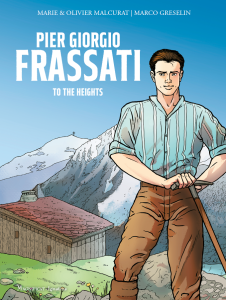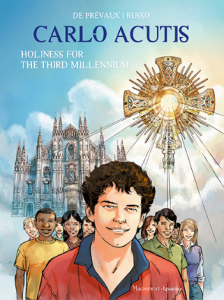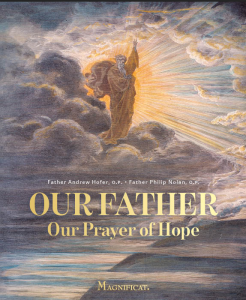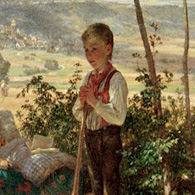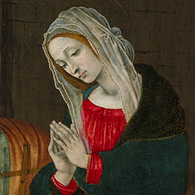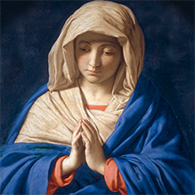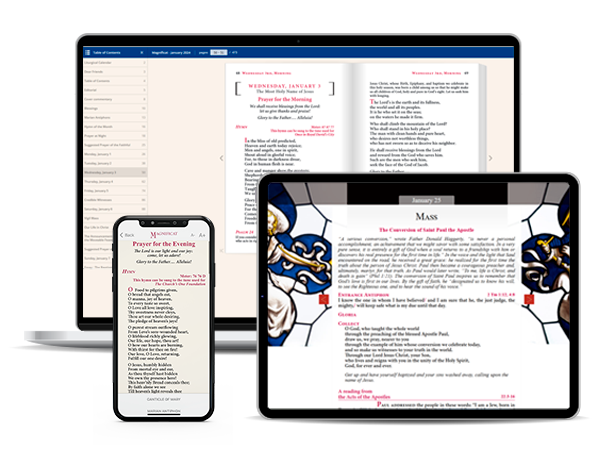Join the Great Prayer of the Church
Magnificat is a monthly publication designed for daily use that aligns your personal prayer life with the liturgical rhythm of the Church, while immersing you in ongoing Faith formation.
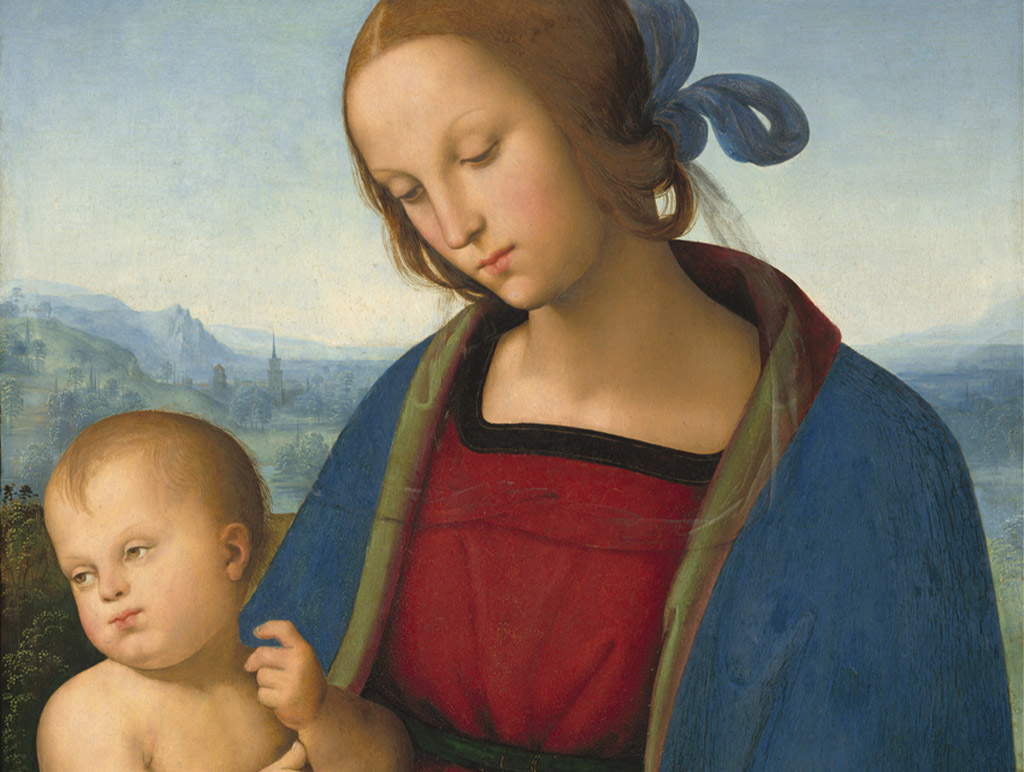
Gospel of the Day
A reading from the holy Gospel according to John 20:24-29

Join the Great Prayer of the Church
Magnificat is a monthly publication designed for daily use, to encourage both liturgical and personal prayer. It can be used to follow daily Mass and can also be read at home or wherever you find yourself for personal or family prayer.
Prayer
Pope Leo XIV
Robert Cardinal Prevost was elected as the 266th successor to St. Peter on May 8, 2025 and will be known as Pope Leo XIV.
Habemus Papam! Deo Gratias.
THIS MONTH
July 2025

The cover of the month
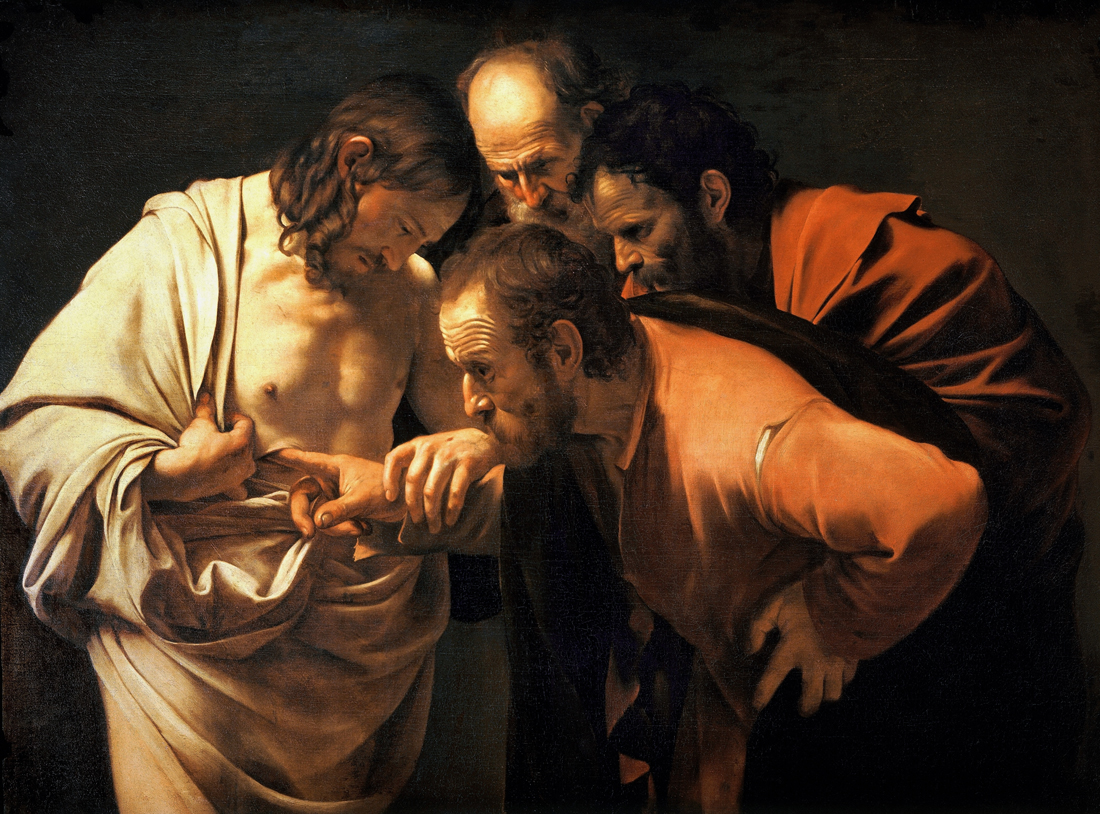
The art essay of the month
Visit our
A new book from MAGNIFICAT
Our Father: Our Prayer of Hope
A perfect accompaniment as we observe the Jubilee Year of Hope
When asked by his disciples to teach them to pray, Jesus gave them the Lord’s Prayer. It is the most perfect of all prayers and contains within it the heart of the Gospel. But what does it mean?
144 pages – 8 x 9.75 in. – Hardcover – $19.95
TO GO FURTHER
Magnificat Prayer Corner

Learn more
Prayer Corner
Praying to God - Prayers to Mary - With Saints - Every day - Church Prayers
By Fr Peter John Cameron, o.p: 40 short essays to nourish your meditation
READ
Magnificat Online and on your devices
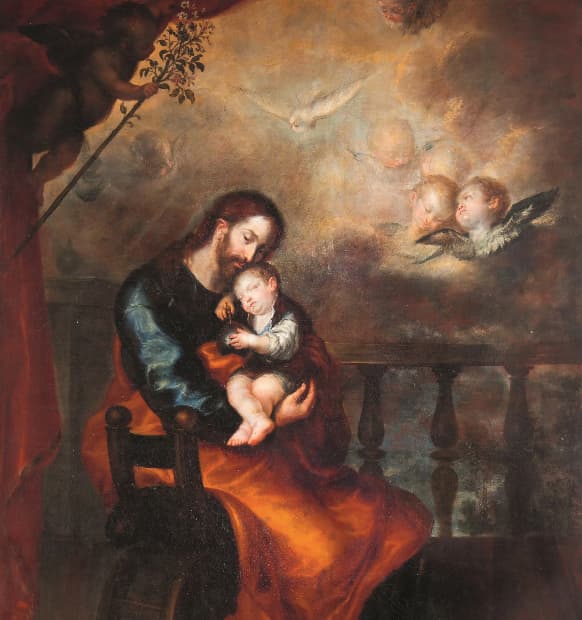
NOTRE PROPOSITIONS DU MOIS
9 jours avec Saint Joseph
Chaque jour, laissons-nous guider par saint Joseph dans tous les aspects de notre vie !
Chaque matin, plongez au cœur de la lettre apostalique Patris corde.
Chaque soir, prenez le temps de méditer.
Request sample copies
Take the time to discover Magnificat. Give your prayer life the beauty it deserves and share it with others.
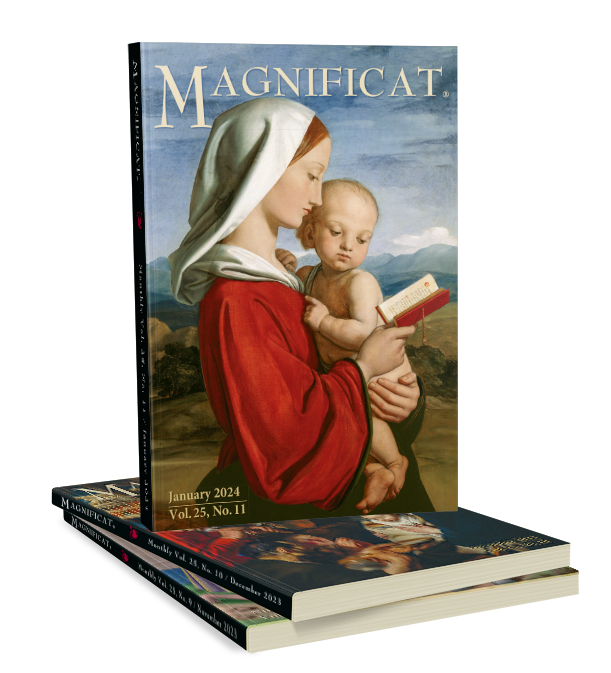
MAGNIFICAT
At Your Service
Help Children Pray and Follow Sunday Mass

An ideal spiritual guide for your children
Subscribers receive the issues on a monthly basis. In each month’s packet, children will find a booklet of sixteen color pages for each Sunday, and also special issues for the major feast days (Christmas, Ash Wednesday, Holy Week, Ascension, Assumption, All Saints Day).


Discover

Pour que la messe et la prière soient au cœur de la vie de chaque enfant !


